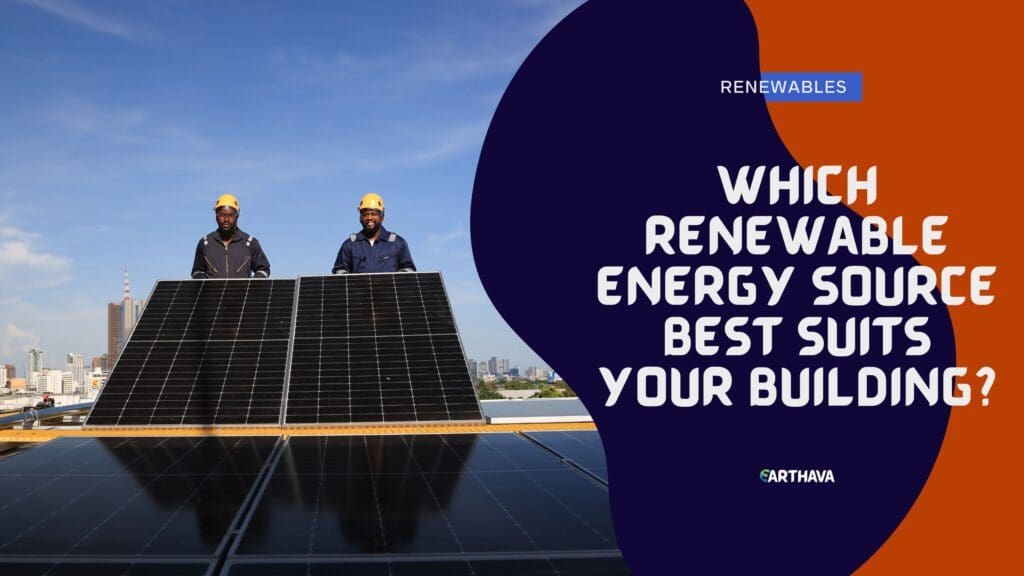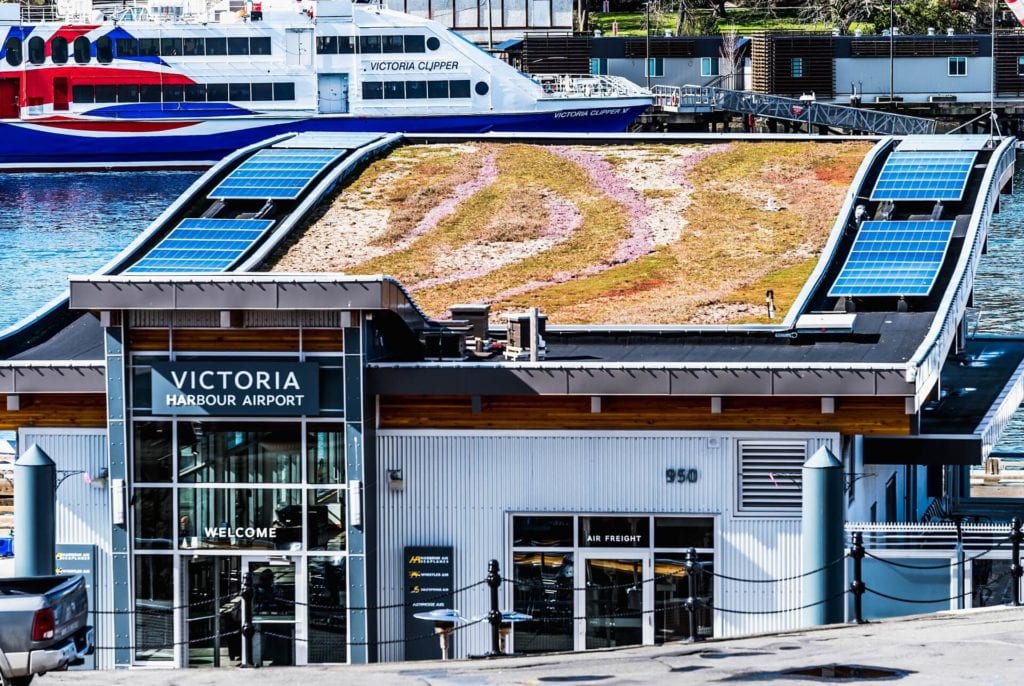Renewable generation systems can now deliver electricity at a lower cost than power grids. As a result, they can offer an excellent return on investment when used directly by buildings. However, there are many renewable technologies available, and finding the best option can be a technical challenge.

When comparing renewable energy systems, it is important to understand their requirements and how they operate. For example, wind turbines and solar panels cannot sustain their power output in the absence of wind and sunshine. On the other hand, hydroelectric dams and biomass plants can store their energy input, to produce electricity at any time.
Solar Photovoltaic Systems

Photovoltaic systems are the most versatile option among all renewable energy technologies. Solar panels can be used in any property with an area that is not covered by shadows, and their modular design is suitable for any project scale. Solar panels are also characterized by a long service life, and the leading manufacturers offer excellent warranties:
- A 10-year warranty against factory defects is standard in the solar industry.
- There is also a 25-year warranty against the loss of generation capacity. Manufacturers guarantee that a 25-year-old panel will have at least 80% of its initial output.
Photovoltaic systems have no moving parts, which makes them safe to use in almost any property. Maintenance is also simplified since there are no components subject to mechanical wear. Solar panels also operate silently thanks to their lack of movement, which means they will not cause complaints.
The main limitation of solar panels is their dependence on sunlight. They only reach maximum output in the hours around noon, and their production drops to zero at night. This is not an issue if the local power company offers net metering, where you send surplus electricity to the grid and deduct it from your consumption.
- You only need to size the solar array larger in this case, so the extra output at noon compensates for consumption at night.
- However, net metering is not available everywhere. Many power companies only give partial credit for producing surplus energy with solar panels.
If you intend to go fully off-grid with solar power, you must add a battery system. The battery must have enough capacity to meet your energy needs when the solar array is not producing electricity.
Wind Turbines
With the right weather conditions, wind turbines are also viable as a power source for buildings. They can deliver low-cost electricity, reducing power bills. However, wind turbines are more demanding than solar panels in terms of site conditions, which limits their applications.
Solar panels are viable at all project scales, but wind turbines are different in this aspect. Energy consultants recommend a single large turbine instead of several small ones since this brings many advantages:
- The cost per kilowatt of capacity is much lower with a large turbine. A single turbine rated at 300 kW will cost much less than 15 smaller ones rated at 20 kW each.
- The wind becomes steadier and less turbulent as the distance from the ground increases. A single turbine with a tall mast will reach better wind conditions, increasing the electricity output. For this reason, a 300-kW turbine will produce more electricity than 15 turbines with an individual capacity of 20 kW.
Since wind turbines have moving parts, they have more complex maintenance requirements than solar panels. Wind turbines are normally subject to more stringent regulations: a fast-spinning rotor is much more dangerous than solar panels, and it produces noise.
Wind turbines share a limitation with solar panels, which is being unable to produce electricity on demand. When their energy input is missing, production drops to zero. This can be solved by adding batteries, but their high cost is still a barrier. However, the price of energy storage systems could drop by up to 60% by 2030, according to the International Renewable Energy Agency (IRENA).
Biomass Power
Unlike solar panels and wind turbines, which depend on variable inputs, a biomass generator can use stored biofuel to produce electricity at any time. However, biomass power requires a large source of organic material that can be processed into biogas or biodiesel. For this reason, biomass power is typically used in industrial applications where organic waste is abundant. Biofuel can also be produced from a crop that is grown specifically for that purpose, such as king grass or sugar cane.
It is important to note that biomass is a renewable energy source, but it cannot be considered a low-carbon source. Biofuels must undergo combustion to drive electric generation equipment, and this produces emissions.
Biomass generators can be used as combined heat and power systems, also known as cogeneration. The waste heat from power generation is recovered and used for industrial processes and other applications.
Hydroelectric Power
Hydroelectricity is one of the most reliable power sources available. Water can be stored in a reservoir to produce electricity on demand, and hydroelectric turbines can respond very fast to sudden peaks in power consumption.
Unfortunately, hydroelectric power is very demanding in site conditions. The property must have a river flowing through, and the terrain must be suitable for a reservoir and powerhouse.
In addition, getting environmental permits for a hydropower facility is difficult. Opportunities to use hydropower directly for a commercial or industrial facility are rare. Hydropower plants are typically large facilities that supply electricity directly to the grid.
Conclusion
There are various renewable energy sources, each with advantages and limitations. Solar panels and wind turbines run with energy inputs that are free and abundant, but their electricity output cannot be controlled. On the other hand, biomass power and hydroelectricity have a controllable output, but they are only viable under specific circumstances.
Renewable generation for self-consumption is viable when the kilowatt-hour cost is below the tariff charged by the local power company. Solar panels are a cost-effective option in most cases, and other renewable sources may be viable depending on project conditions.


